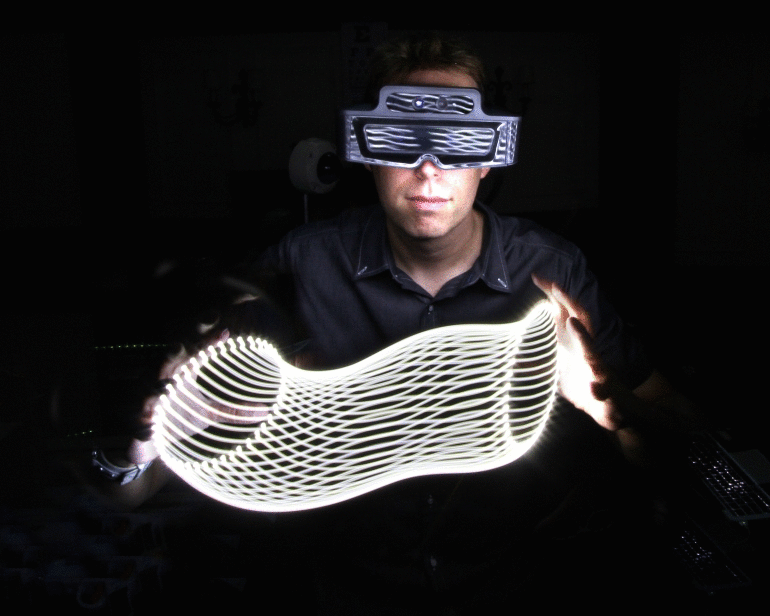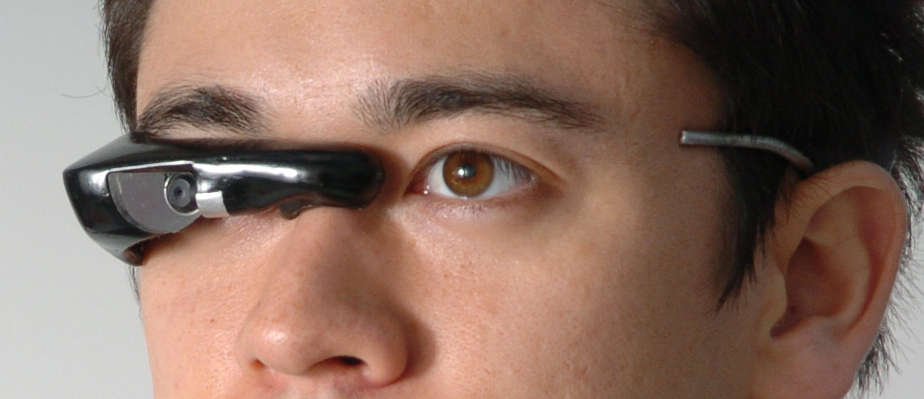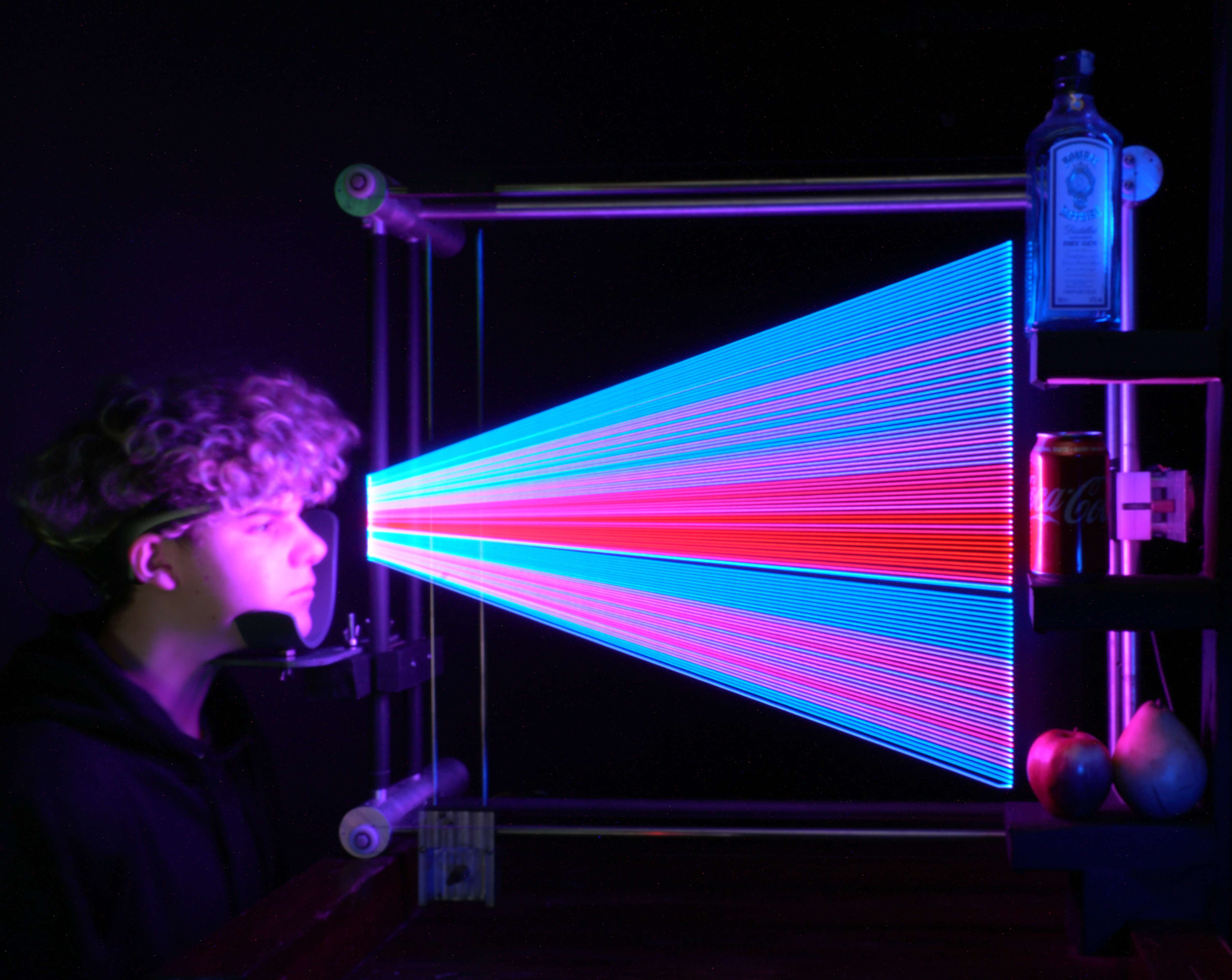





Technological sensory intelligence and computational intelligence is developing at an exponential rate[1][2]. Machine sensing (e.g. sensors and surveillance) and machine intelligence (AI and machine learning) often do not directly support human intelligence because they are separate from and not directly accessible by humans. The increase in technological computation isn't helping you think better. The increase in technological sensing (e.g. cameras everywhere around you) doesn't immediately help you see and understand more about the world around you.
There is a fast approaching point in technological progress when the sensory capabilities and computational capabilities of technology surpass those of humanity. Before this happens, it is absolutely vital that these technologies are developed to directly extend and enhance human intelligence, using humanity as the "launchpad/foundation" for superintelligent human-machine systems. Wearable computing is the solution to this problem and is vital to the future of humanity.
To solve these problems, you will create wearable computing systems in which the human and technology are inextricably intertwined, i.e. systems in which the machine sensors and processors are directly accessed and controlled by the human. These are created with a focus on harnessing existing technologies to benefit humans. The cognitive processing aspect of these systems is Humanistic Intelligence. The sensory aspect of these systems serve is All Reality (All reality: Virtual, augmented, mixed (x), mediated (x, y), and multimediated reality).
The class learns about exponential growth of technology, the approaching sensularity and singularity, and what could go wrong if these rapid developments occur without our being able to take advantage of them.
We promote and take part in class/group discussion about the issue, specific, low-level issues that could occur, (e.g. advertising that understands more about us than we do (neuromarketing), machines that understand the environment (phenomonology) with more detail than we do, machine systems with pervasive sensing that reveal nothing about themselves, etc.).
With a foundation in philosophy, the class forms groups dedicated to solving the discussed issues by creating technologies that become superhuman systems.
***projects should focus on interoperability… not only should we build these projects, but they should be required to operate together, or at least on the same hardware, so we can create a suite of extended human intelligence systems that can all be used together